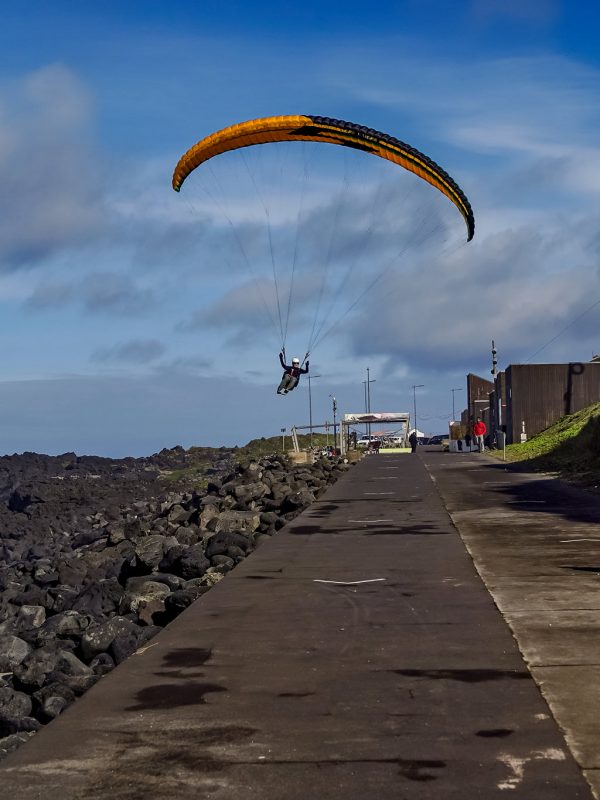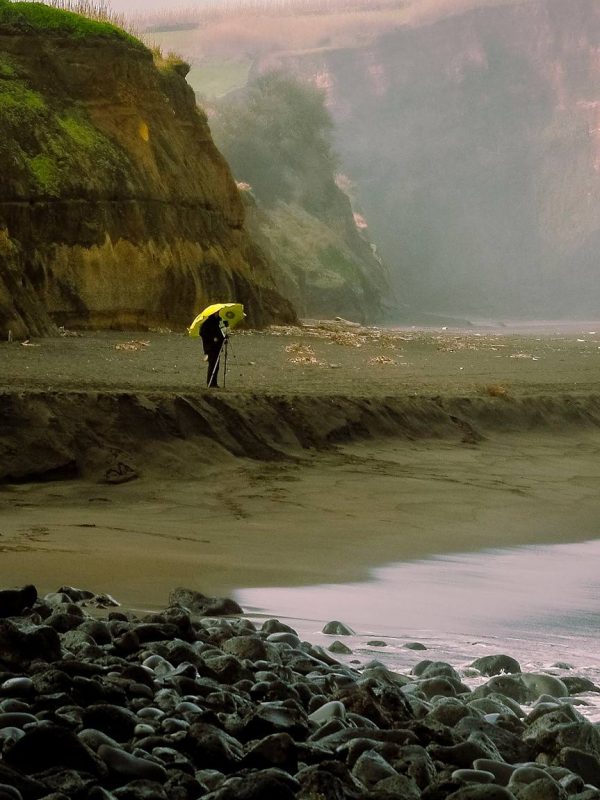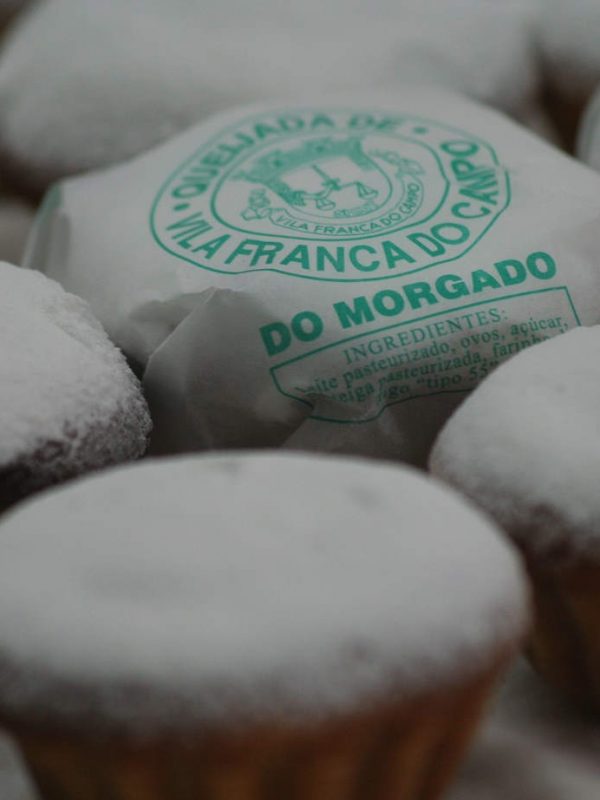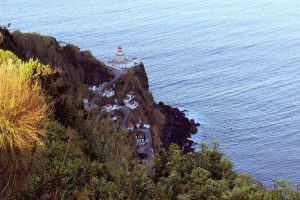The Arnel Lighthouse has undergone several improvements and adaptations over the years, which have enabled it to reach today maintaining its functions and constituting a landmark in the heritage of the county of the Northeast.
Throughout the year, guided visits are offered to the Lighthouse of the Arnel, being able the visitors to know the history and the heritage, as well as the activity of the lighthouse and the lighthouse keeper. In the Lighthouse of the Arnel can still be appreciated a permanent exhibition on the lighthouses of the Azores.
Visiting Hours
- Open for visit all wednesdays
- 2:00 p.m. to 5:00 p.m. – summer
- 1:30 a.m. to 4:30 p.m. – Winter
- Free and without registration.
Access to Arnel Lighthouse
Given the steep inclination of the access road to the lighthouse and the lack of on-site parking, it is advisable that the route be done on foot, with the vehicles in the parking lot of the Regional Road, next to the descent to the path of the fishing port .




